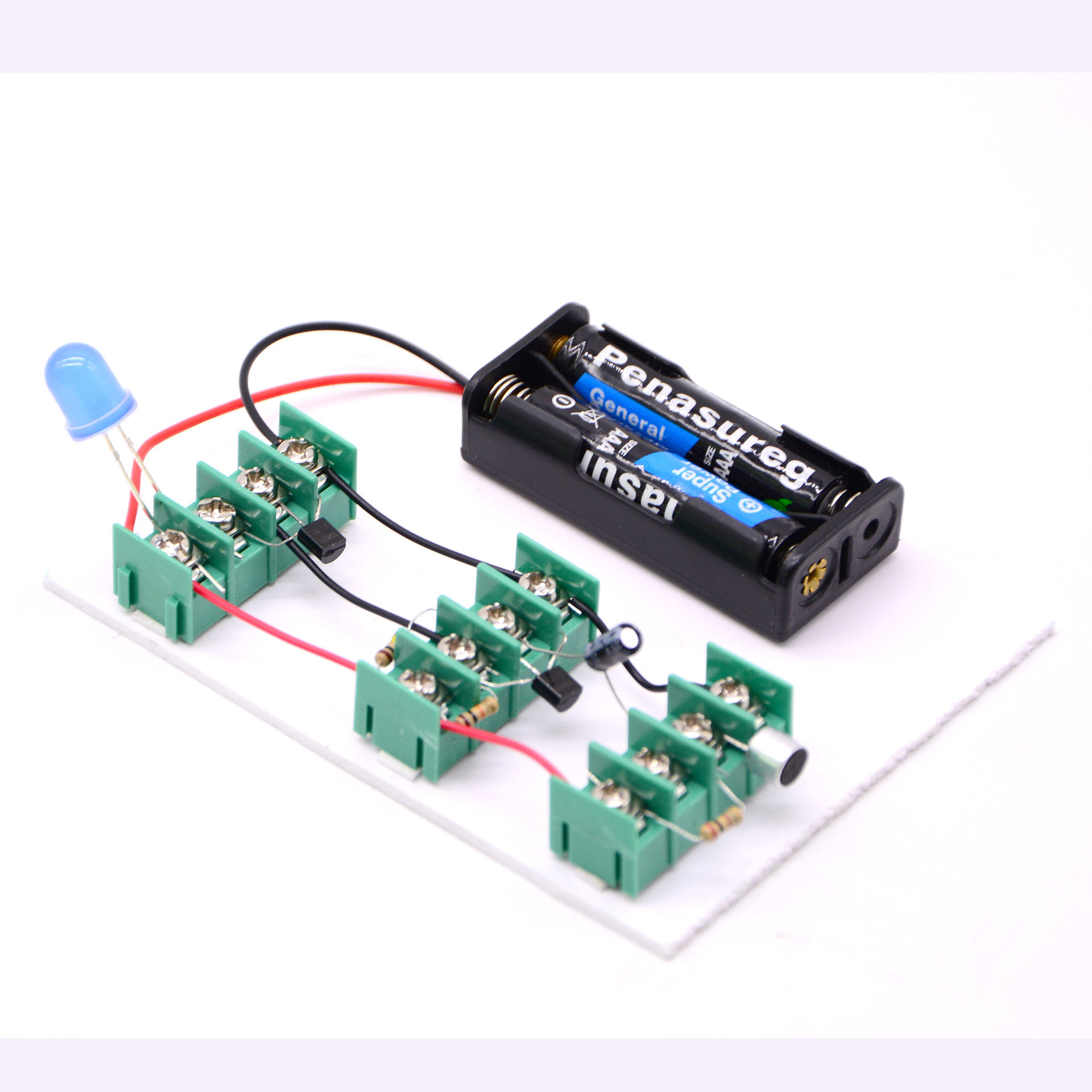
Search history
Clear allSearch by image
XDrag and drop an image here or upload an image
Max 5MB per image
UploadSign In | Join

Search history
Clear allSearch by image
XDrag and drop an image here or upload an image
Max 5MB per image
UploadSign In | Join
X Email Mobile
| mixed batch | CN¥ 0.0 | 10000 set available |
|
A new item has been added to your Shopping Cart. You now have items in your Shopping Cart.
Product Name: KX2023 Voice-Controlled Rhythm Light
Product Code: KX2023
Dimensions: Approx. Length 100mm * Width 75mm * Height 15mm
Weight: About 80g
Material: Plastic
Color: Randomly matched with organic materials
Is the device powered by batteries: Yes
Packing: 500pcs
Box Specification: 600*450*550mm
Preface:
In today's society, where children's education is increasingly valued, scientific enlightenment education has gradually become an important topic in the field of education, which is pursued and explored. More and more teachers and parents are beginning to pay attention to cultivating children's scientific literacy from an early age, so that children can develop good personalities and behavioral habits from the beginning. Parent-child interactive crafts can improve the quality of parent-child companionship, improve the relationship between parents and children, and we spend time with our children, without mobile phones, iPads, or televisions, only joy, interaction, and communication. It can cultivate the ability of children to solve problems by themselves. When children encounter problems, they should first see and experience the solution themselves, because parents and teachers solve problems in the process of doing crafts. It can develop children's imagination. In children's world, cars can fly in the sky, and the sun can be green. Playing with DIY crafts can cultivate children's practical ability by using different tools, which fully exercises children's little hands. Brushes, paints, scissors, hot-melt guns, glue"Children are brave to try any tools and to some extent, they are developing different skills. Improving children's self-confidence in the process of handcrafts, we try everything possible together, experience many failures, but we always succeed, which to some extent enhances their self-confidence. Cultivating children's concentration when children explore various tools and handcrafts, they are very focused, and if there is no external disturbance, they can continue to explore.
The purpose of the experiment is to: 1. Understand and recognize the acoustic-to-electric conversion device - the electret microphone.
2. Understanding the amplification circuit of a transistor
3. Identifying Color-Coded Resistors
4. The numbering rule for electronic components in the schematic diagram
Principle Application: The sound signal is converted into an electrical signal by the electret microphone, and then amplified by the common emitter amplification circuit composed of transistor Q1. After amplification, it drives transistor Q2 and the LED working resistance R1, which provides a direct current working voltage to the electret microphone. Changing its size can change the sensitivity. The role of capacitor C1 is to couple the microphone signal to the rear end, while isolating the direct current voltage and affecting the rear end circuit. Resistors R2 and R3 are bias resistors for the base and collector of transistor Q1, providing it with working voltage. Because the input and output share the emitter base, it is called a common emitter amplification circuit. To distinguish whether the transistor is amplifying or switching, it depends on whether there is a bias resistor.
Experimental Cognition: A condenser microphone, which converts sound signals into electrical signals.
For electrical signals. Belongs to the sound sensor.
Knowledge Expansion: Electret Microphone: commonly known as a microphone, it is used in mobile phones and microphones.
Knowledge Extension: Transistor Amplifier Circuit: A transistor has the ability to amplify, with an amplification factor of n. When there is a current in the base b,
When the flow time, a current n times the base current will be generated at the collector c.
Component Number: When there are a large number of similar components in a circuit, it is necessary to assign numbers for identification, such as resistors.
Use the letter R followed by a number to represent it, such as R1, R2, R3; Capacitors are represented by the letter C, and diodes are represented by the letter D, while triode tubes are represented by the letter Q. You can also assign your own numbers.





Safety Warning:
All the accessories in this product are specially designed for student experiments. Please use them under the supervision of teachers and parents to ensure safety! Do not consume any of the products! They are not suitable for children under three years of age. Do not approach fire sources. Before assembling any batteries, please check if the circuit is clear, all parts of the circuit are complete, and all contacts are good. The + on the battery is the positive pole, and - is the negative pole. Be careful during the assembly process, and if glue is used, do not get it in your eyes or on your skin.
Update time:
TOP